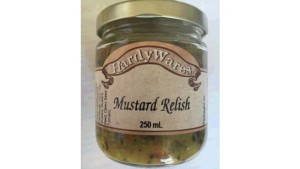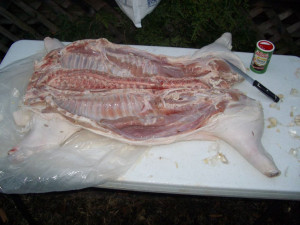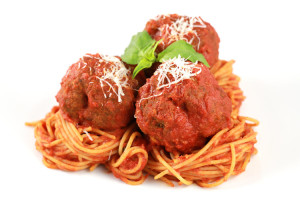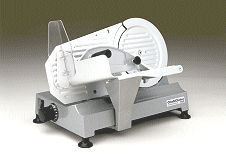A year ago a group of folks went to a fellowship event at a small town Ohio church; they ate a potluck meal including potato salad.
As the foodborne epidemiologists used to say, ‘it’s always the potato salad’; usually referring to staph toxin outbreaks – where dishes sit out at room temperature either in the preparer’s home, during the transport, or before everyone lines up to eat.
Except usually it isn’t (see our list of community meal outbreaks here).
But this time it was.
But it wasn’t staph; 22 community members got botulism. One died.
A year later, according to Fox 28, the community is still feeling the effects.
“It is more than a dream. It’s a nightmare anybody that lives through it will tell you it is a nightmare,” said Linda Large, whose husband Ben was the first victim diagnosed with botulism. Large credits the good Lord with getting her husband through a year of a debilitating illness.
“Believing in the Lord knowing that he was with me and he carried me through this, that is the only way, no other answer or explanation,” said Ben, 61 who has since retired early due to his health struggles. But the couple is thankful they are still around to enjoy ten grandchildren.
The family of Kim Shaw, 55, who died in the outbreak is still coming to grips with what happened.
Shaw’s husband, Christopher, said he has a new outlook on life after Kim’s passing.
Christopher said every morning he wakes up thinking the botulism outbreak was a dream. “I am patiently waiting for the dream to be over.”
As for the woman who brought the tainted potato salad to the potluck, Shaw said he doesn’t blame her.
“She made that potato salad with love. She canned those potatoes with love. Nothing I could say to that poor lady that would make her feel worse than she already does.”
Victims said they can never thank the community and the hospital workers enough for standing by them. The congregation said the crisis has made them stronger. There have been no more potlucks since the outbreak, but many more things shared.
“This is a family, a church family. It was all just a big accident, and we hope it will never happen again,” said Shaw.











